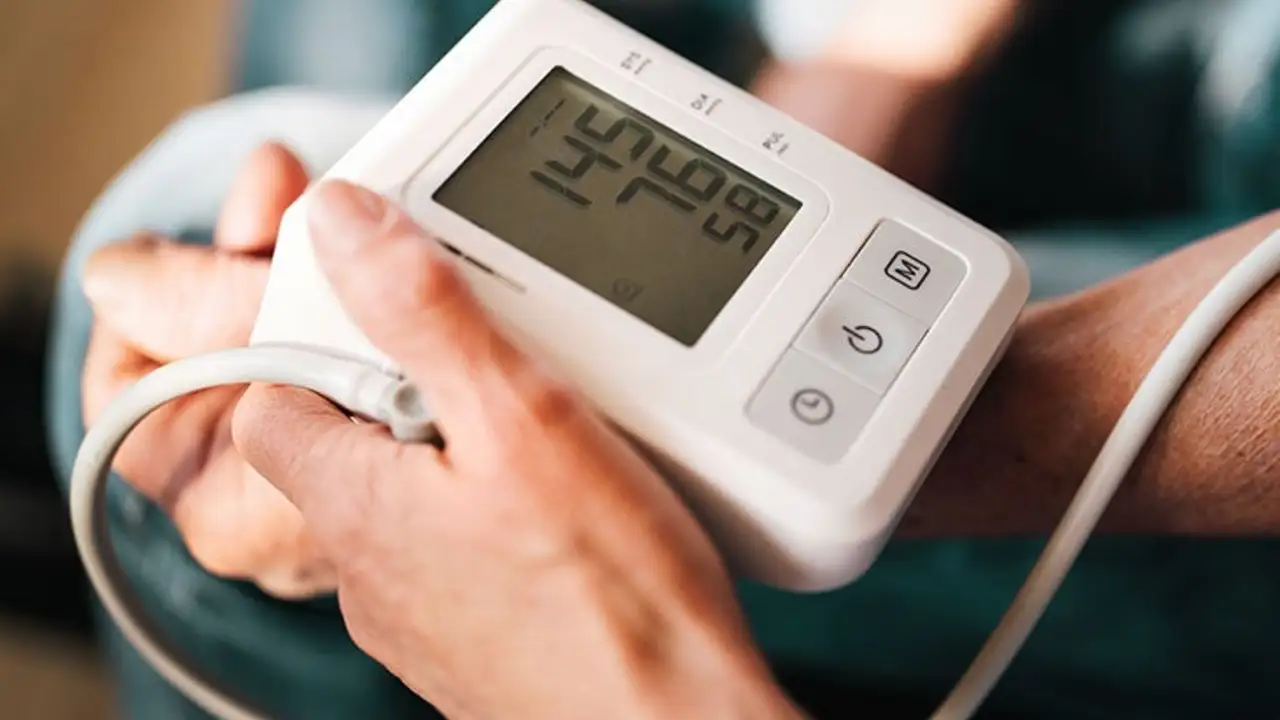Hi there! It's always a journey, managing my blood pressure with enalapril-hydrochlorothiazide. In this post, I'm sharing my experiences and tips on how we can overcome common challenges faced during treatment. From dealing with side effects, to maintaining consistency with our medication, let's explore solutions together. Join me in navigating our health journey with a positive attitude.
High Blood Pressure Medication: What You Need to Know
If you’ve been told you have hypertension, the first thing most doctors do is prescribe a pill or two. But with so many options out there, it’s easy to feel overwhelmed. This guide breaks down the main drug families, why they’re used, common side effects, and simple habits that help the meds work better.
Common Classes of High Blood Pressure Meds
ACE inhibitors (like lisinopril or enalapril) relax blood vessels by blocking a hormone that narrows them. People often start here because they’re good for protecting kidneys, especially if you have diabetes.
ARBs (such as losartan or valsartan) work the same way as ACE inhibitors but tend to cause fewer coughs. They’re a solid backup if ACE inhibitors give you that annoying dry cough.
Beta blockers (e.g., metoprolol, atenolol) slow down your heart rate and lower the force of each beat. They’re especially helpful if you also have heart rhythm issues or a past heart attack.
Calcium channel blockers (like amlodipine or diltiazem) keep the muscles in your artery walls from tightening up. They’re a go‑to for older adults whose blood vessels have become stiff.
Diuretics (such as hydrochlorothiazide or furosemide) make your kidneys dump extra water and salt. By reducing fluid volume, they lower the pressure on vessel walls. Many patients start with a low‑dose diuretic and add another class if needed.
Doctors often combine two or more of these groups to hit blood pressure from different angles. The exact mix depends on your age, other health conditions, and how you respond to each drug.
How to Take Your Blood Pressure Pills Safely
First, take the medication at the same time every day. Your body gets used to a routine, and you’ll avoid missed doses that can spike your pressure.
If a pill makes you feel dizzy or light‑headed, stand up slowly. A quick rise can cause a temporary drop in blood pressure, which feels like a faint.
Watch out for food‑drug interactions. For example, grapefruit can boost levels of certain calcium channel blockers, making you feel sleepy or faint. Ask your pharmacist which foods to avoid.
Stay hydrated, but don’t overdo salty drinks. Too much sodium can counteract the effect of diuretics and ACE inhibitors.
Keep a simple log: write down the drug name, dose, and any side effects you notice. Bring this list to every doctor visit so adjustments can be made quickly.
Lastly, never stop a medication on your own. Even if you feel great, dropping a pill suddenly can cause a rebound rise in pressure. Talk to your doctor about tapering if you think you might not need it anymore.
Managing high blood pressure isn’t just about popping a pill; it’s about pairing the right drug with everyday habits that keep your heart happy. With the right information, you can feel confident about the meds you take and the lifestyle tweaks that make them work even better.

